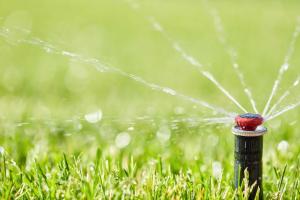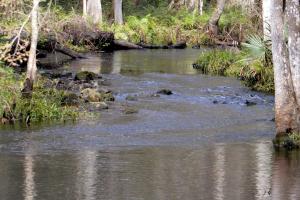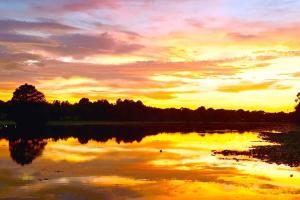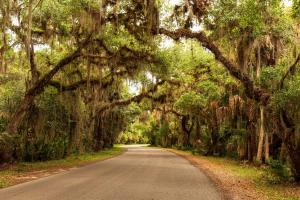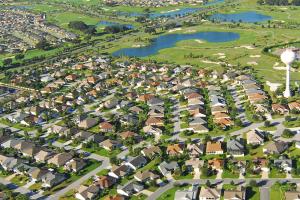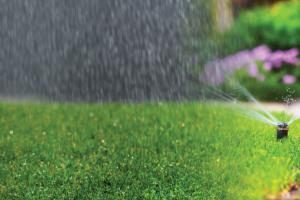Southern Region Alert: A prescribed burn will take place today. Details here »
Search Content
Displaying results 21 - 40 of 4965
Water Quality Basics
Water quality is a description of the condition of water, similar to how we refer to our health to describe the condition of the human body. Water quality can refer to the chemical, physical and biological condition of water. It also includes evaluating whether water is safe to be used for a specific purpose like drinking, recreation or to support wildlife.
You can’t tell much about the quality of water simply by looking at it. In…
May 2025Q: What is a water control structure?A: The primary purpose of the District’s water control structures is to manage the flow of water. Water control structures vary greatly in size and are used for multiple purposes. The District’s water control structures can be classified into three main categories: flood control, salinity barriers, and water conservation structures. These structures allow the District to provide…
Your Questions Answered
October 2022
Q: What is a water control structure?
A: The primary purpose of the District’s water control structures is to manage the flow of water. Water control structures vary greatly in size and are used for multiple purposes. The District’s water control structures can be classified into three main categories: flood control, salinity barriers, and water conservation structures. These…
OverviewApplicants will be asked to break this down in more detail in the application. Students will begin this grant project by developing a deeper understanding of the importance of clean, fresh water for humans and wildlife. Through in-classroom activities, students will learn about the source of our fresh water in west-central Florida and the importance of water conservation. This will include…
Your Questions Answered
May 2019
The 2019 Atlantic hurricane season begins June 1 and the Southwest Florida Water Management District is preparing for a heightened risk of severe rain events, flooding and storm damage. Jerry Mallams, Operations & Land Management Bureau Chief, explains how the District works to prepare for the storm season by minimizing flood risks throughout the 16-county region.
Q: What…
In today's environmentally-conscious world, conserving water is not just a choice, it's a responsibility. Your landscape presents many opportunities to contribute to water conservation efforts, while also enhancing the beauty and sustainability of your outdoor space. Here are some effective strategies to reduce water use in your landscape. For more information to better understand your irrigation system, click on the tiles below.
Your Questions Answered
February 2022
Q: What is water quality and why is it important?
A: Water quality is a description of the condition of water. Water quality can refer to the chemical, physical and biological condition of water, including the suitability of the water to be used for a specific purpose like drinking, recreation or support of wildlife. The quality of our water is important because it has a direct impact on people…
Water plays an important role in our lives. Because we live in a state surrounded by so much water, we often forget about the importance of conservation.
All of us can become better at saving water. Have your class pledge to save at least 10 gallons of water per day by using the pledge to the right and we will send you a free conservation challenge kit!
Each kit includes a class set of:
- Water Conservation pledge cards
- "Save Water We Do!"…
Water Quality DataWater quality data are categorized under two major resource types — groundwater and surface water.Groundwater Quality Data provide information on existing groundwater quality conditions and water quality trends within the District’s groundwater resources, including springs. They also improve the District’s understanding of groundwater quality concerns, support development of watershed management priorities and plans, and…
The District’s Regional Water Supply Plan assesses the projected water demands and potential sources of water to meet demands over a 20-year period. The Plan is updated every five years, in accordance with Section 373.709, Florida Statutes.What’s the RWSP? The 2025 Regional Water Supply Plan (RWSP) is an assessment of projected water demands and potential sources of water to meet these demands in the Southwest Florida Water Management District (…
Land and water are forever linked by Florida’s natural water cycles. Lands surrounding lakes, rivers, wetlands and estuaries serve as natural buffers to filter out pollution before it reaches the nearest water body. Undeveloped land can also allow for water recharge to the aquifer in some areas and water storage during major storm events.
The Southwest Florida Water Management District and other agencies and governments purchase conservation lands to…
Your Questions Answered
May 2022
Q: What does the District do to prepare for hurricane season?
A: Year-round, the District operates 85 water-control structures in its 16-county area. These structures assist with flood protection, manage lake water levels and prevent saltwater from flowing up freshwater streams and creeks. To prepare for hurricane season, staff conduct annual hurricane readiness checks of all the District’s…
May 2023
Q: What does the District do to prepare for hurricane season?
A: Year-round, the District operates 84 water control structures in its 16-county area. These structures assist with flood protection, manage lake water levels and prevent saltwater from flowing up freshwater streams and creeks. To prepare for hurricane season, staff conduct annual hurricane readiness checks of all the District’s structures to ensure they…
Water 101 for Communities Welcome community leaders! As decision makers, your choices – from when to irrigate to which plumbing fixtures you use - can have significant impacts on your community’s water use. That’s why we’re here to help by teaching best practices with online classes for your employees, offering educational material for you and your communities and sharing water-saving project reimbursement opportunities.Online Water Conservation Classes The…
January 2025Q: Why should homeowners skip a week of irrigation in the winter?A: According to research by the University of Florida, grass only needs one-half to three-quarters of an inch of water every 10–14 days in the winter. That means you can skip a week of irrigation in the cooler months. In fact, if your lawn has received any significant rainfall, you can turn off your irrigation system and operate it manually as needed. It’s important…
During the summer months of June, July, August and September, yards need no more than ½ to ¾ inch of water every 2 to 3 days. If your lawn has received enough water from rainfall, turn off your irrigation system, and turn it back on when needed. Follow these tips when you "watch the weather, wait to water":Water only when your yard needs it
- The simplest way to determine if your yard needs water is to look for these visual clues:
- Grass blades are…


